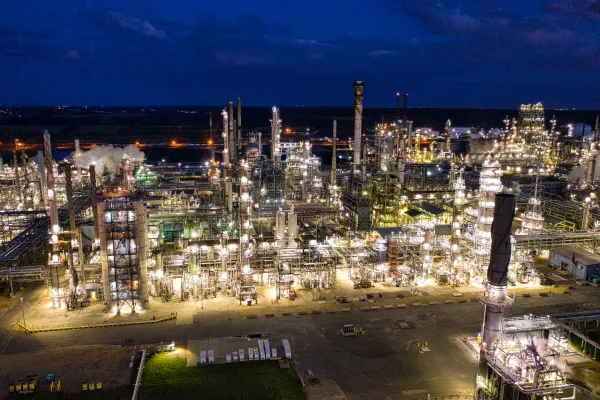
Why Fertilizer Plants Need Phosphate-Bonded Refractories
Why Fertilizer Plants Need Phosphate-Bonded Refractories
Phosphate-bonded refractories occupy a unique niche: they combine a chemically compatible binder with high-performance refractory aggregates to deliver durability where acid exposure, abrasion, and thermal cycling co-exist. Fertilizer plants, especially phosphate-acid production units and wet-process phosphoric acid reactors, are prime examples of such hostile service environments.
Industry stakes
The fertilizer sector is an essential economic engine — in the U.S. alone the industry has been reported to contribute roughly $140 billion to the economy and “supports nearly 500,000 jobs.” That scale means reliability in core process units (including reactors) is directly tied to food-system stability and significant economic value, so minimizing reactor failures is a high priority. TFI+1
Why phosphate-bonded refractories are a fit
Chemical compatibility: The binder chemistry in phosphate-bonded refractories is inherently resistant to attack by phosphoric and sulfuric acids — the very media processed in many fertilizer reactors. This reduces gradual binder washout and chemical degradation that plague less compatible linings. Technical literature on phosphate bonding highlights the binder’s role in achieving rapid setting and strong interparticle bonding, which is essential under aggressive chemical attack. COREResearchGate
Mechanical robustness: These products are available in gunning plastics, castables, and monolithic forms that deliver high compressive strength, abrasion resistance, and the ability to absorb thermal shock — all traits important when reactor internals see cyclic heating and abrasive feedstocks.
Faster repairs and lower life-cycle cost: Because many phosphate-bonded mixes set rapidly and bond well to existing substrates, repairs can often be completed with shorter shutdown windows. Given the documented high cost of unplanned downtime (averaging very large hourly losses in many heavy-industry segments), a product that shortens repairs and extends time between major relines yields clear economic benefits. Siemens AssetsIIoT World
Real-world considerations for engineers
Surface preparation & installation techniques are critical — even the best chemistry fails if substrate prep or curing are neglected.
Material selection should match the reactor’s specific feed chemistry and temperature profile; compare product datasheets and lab abrasion/corrosion results.
Partner with experienced installers who understand the nuances of gunite and trowel applications for phosphate bonds.
Closing thought
Phosphate-bonded refractories are purpose-built for the problems fertilizer plants face. As The Fertilizer Institute emphasizes the sector’s economic importance, plant engineers should prioritize lining solutions that maximize uptime, minimize maintenance cycles, and protect production continuity. Investing in the right refractory system is an operational and financial decision — one that pays back through longer service life and reduced disruptive outages. TFISiemens Assets
Get in touch
Have a project or question? Our team is ready to help with material selection, system design, and technical support.
